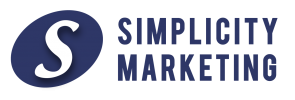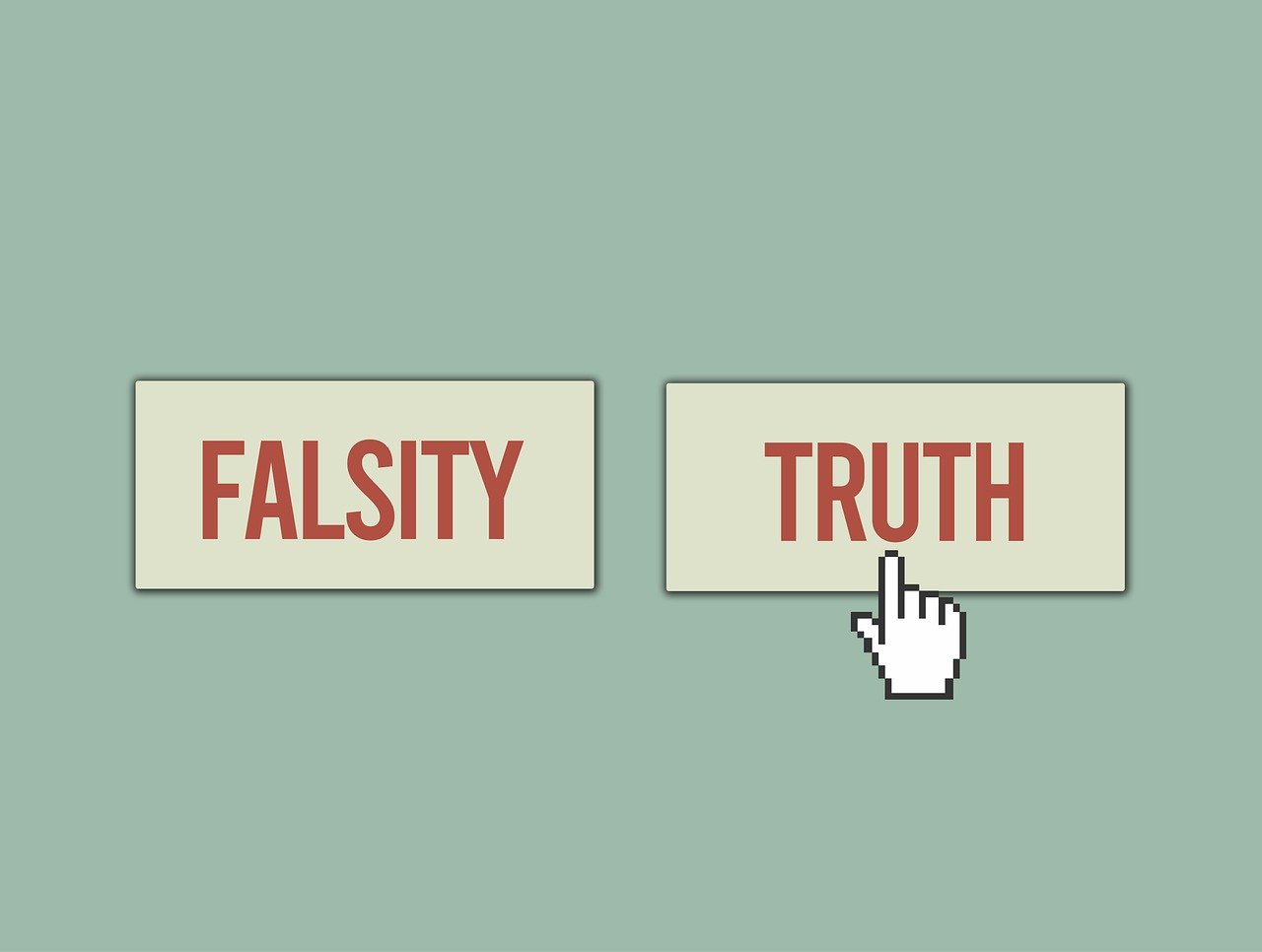Don’t Fall Behind
Search Engine Optimization (SEO) is not a one-time deal. If you aren’t making a near-constant effort to keep on top of your content’s search instant rankings, you are falling quickly from the Google leaderboard. Fortunately, SEO gets easier the more regularly you spend time performing it. Rather than spending hours on end to get your content back to the top, there are dozens of small, daily tasks that you can perform to yield the same results. Keep your website on top and ahead of the competition by following these tips below.
SEO Plugins
The easiest place to start with SEO is via plugins. Hosting websites such as WordPress offer dozens of plug-in options. These plug-ins are simple extensions of your website that help perform many SEO tasks for you. In addition, they help identify areas in which you can improve or modify your content in order to improve it for maximum search engine results. SEO Plugins should be your first start to identifying problem areas in your website and improving your content for Search Engine algorithms.
Permalinks
Permalinks are a lot like URLs. However, the difference is that permalinks are permanent, hence the “Perma”. These are linked URLs that link to content within your website. If your website is redesigned and URLs change, your content remains linked via Permalinks. This means that links won’t become askew due to website changes and that your website. This also means that Search Engine algorithms have permanent links on your website with which to draw results from.
URLs
URLs are the actual web address of a page on your website. The primary portion of the URL, www.yourwebsite.com/ won’t change much. However, the portion of the URL after the “/” is what directs users to a specific page or destination. It is important to remember to keep your specific URLs simple. Often only the title of an article is needed. Don’t overcomplicate what users need to search for by adding additional information.
Keywording
Keywords are targeted words that your content focuses on in order to stand out. Appropriate keywords should target topics that are both relevant to your content and to what other users are searching for on the internet. Keywords should be short, but specific. If you are targeted keywords that are too general, search engines will have a difficult time connecting your content to the appropriate users.
Keyword Research
In order to choose the keywords that will yield the greatest results, you need to do thorough keyword research. The best places to look are search engines, followed by your competitors and/or affiliates. Research specific keywords with tools such as Google Analytics or simply by performing searches of your own. Choose words related to your business and perform sample searches with them in order to see what kind of results pop-up. If you find business similar to your own, then these keywords can most likely be worked into your future content to optimize SEO and increase your traffic results.
Primary Keyword
The primary, or focus, keyword is the main theme of your content. Whether it’s an article, a page, or a menu, the primary keyword should summarize the overall gist of your content. Primary keywords can be emphasized over other keywords and should appear with greater frequency than the other keywords as well. Perform keyword research, choose the keyword that applies best and center your content around it.
Keyword Placement
As important as keyword research and choice are, they are worthless without proper keyword placement. Don’t overload your content with keywords. Contrary to popular belief, the amount of times a keyword appears does not correlate with the quality of search results. Rather, your keywords should be used organically throughout your content. Find opportunities to place keywords naturally, but make sure that your primary keyword appears at least once in every paragraph.
Tags
Tagging works similarly to keywording. However, tags are used to help categorize your content both within your website and on the internet at large. Tags are not used to target selected search terms but to help define what content you are producing and what topics are expressed. Often times tags and keywords can be the same word or phrase, but the purpose differs between the two tools. Tag your content appropriately to assist users in navigating your website and finding the information they need to know.
Categories/Threads
Categories and threads are another way of categorizing your content. This works especially well when you produce content that approaches the same topic from different angles or differing viewpoints. Categories help users better navigate chunks of content rather than having to sift through one article or page at a time. While categories/threads do not directly impact your search results, they improve the user experience and website performance, therefore optimizing your website.
Meta Descriptions
Meta descriptions or meta tags can be thought of almost as invisible keywords. These descriptions are rarely seen by the user but are used to assist search engines in classifying and ranking your content. An appropriate meta description includes a relevant overview of your content as well as primary keywords to better help search engine algorithms process and place your content. Help the search engines by keeping your meta descriptions up to date and the search engines will understand your content much more efficiently, yielding greater search results.
Headers
Headers are an effective way to break up long chains of text. Particularly in articles, headers help the reader differentiate between topics and find relevant information at a faster rate. The faster the user finds what they are looking for, the likelier they are to be satisfied with your website. Utilize headers to break up topics and to speed up the user’s comprehension of your content.
Image Alt Text
Image Alt Text helps identify your images whenever an image loads improperly or is in the process of loading. Alt Text is a simple description of the image file and/or file name. Always apply alternate text to your images in the event that the image file becomes inaccessible or if the user simply does not have the correct software capabilities to view the image with. Alt Text also helps search engines to identify images and rank them in conjunction with your written content. Alt Images Texts are a simple step towards maximum search engine optimization.
Image Titles
Title your images. Specifically, title images to match with or include the primary keyword. When images are titled appropriately, both search engines and users have an easier means of identifying their relevancy to the content as a whole. Make sure to include the keyword, but do not limit every image under a particular keyword to the same title. I.E. don’t name every image “Keyword” but find ways to include said keyword in the image title.
Content Length
At what point does content become “long enough”? When is content too long? The unfortunate answer is that there is no real answer to these questions. However, longer content, especially when concerning articles, often tends to yield greater results. However, it is important not to drone on and become repetitive just for the sake of extending an article. Find a length that works for your overall website style and your content creators and stay consistent with that length. Use length as a way of establishing your business brand personality.
Content Quality
Quality is key when it comes to your content. Whether you are producing videos, articles, or images, you need to ensure that the final product meets both your personal standards and the standards of the general public. Grainy video, grammatically incorrect articles, and poorly photoshopped images won’t do. Both search engines and users evaluate content quality, though their standards may vary. Make sure that you are satisfied with what you are putting out and don’t be afraid to refine it when necessary.
Internal Links
A key step in improving the SEO quality of your website is internal linking. These are links that tie together your content among your website. You can backlink to articles of your own that touch on similar topics or help better illustrate a point. This allows the user to find more useful information on your website and for the search engine to better process the themes and topics your website excels in. Utilize internal links to keep the user engaged and to optimize your existing content for Search Engine standards.
Authoritative Links
Authoritative links are external links that lead to a credible or well recognized site. This is different than linking within your own website or a business of a similar scale. Authoritative links help lend credibility to your website by allowing users to verify your information via an outside source and by drawing a comparison between the content on your website and that on a well-recognized website that both user and search engine are familiar with.
Collaborative Linking
Collaborative linking occurs when you link to a website and they link back to you. This establishes a mutual recognition that search engines use to verify content relevancy and accuracy. This also allows the two websites to lend credibility to one another, optimizing both for greater search results. Find collaborating or affiliate websites to link with and better each other’s search performance.
Speed
If your website is slow, visitors will lose interest. A slow website is an ineffective website, doubly slow if the speeds are significantly below your competitors. Keep your plugins and software up to date to ensure that users can access your quality content in a speedy manner. Don’t let search engines dock you for being out of date, keep your website and your search results up to date.
Navigation
Utilize menus, tags, and categories to help organize your content. Well organized content is easier for users to navigate quickly and makes it easier for search engine algorithms to access what your website is really all about. Faster navigation also improves speed which means you rank higher both in the mind of the user and within search engine standards.
SEO Auditing
Perform a regular SEO audit to ensure that you are not falling behind. Utilize plugins available on hosting sites such as WordPress to access the ways in which your website and content may not be properly optimized. In addition, perform self-evaluations by monitoring load times and navigation through your own website. If you cannot access your content in a timely manner, then there is hardly a chance that previously unexposed users will be able to do the same.
Prioritize the mobile version of your website, search engines do. Mobile device usage has long outpaced Desktop usage. Don’t fall behind the times but maintain a functional and efficient mobile website in order to appeal to the majority of potentially new customers. Make sure your website is optimized for the smaller screen and limited hardware of mobile devices.
Problems with Your Website SEO
If you see problems with how your website is being optimized for search engines, address them immediately. Don’t shrug off slow speeds or missing graphics, because your users and search engines will not.
Stagnant Website
If you are not consistently keeping your website update and working on improvements, you are falling behind. When your competitors are keeping their websites update and continuously adapting them to changing user and search engine standards, they are moving ahead. So, even if your website is not actively falling behind the current standard, it is being outpaced by your competitors. Be wary of stagnant optimization efforts, always keep an eye out for ways you can improve your website and surpass the competition.
Changing Algorithms
Search Engine Algorithms are never dormant or stagnant. Companies such as Google invest millions of dollars and hundreds of thousands of man hours each year into further refining their algorithms. Make sure that you are actively listening for algorithm updates and adapting your website to meet those changes head on.
Conclusion
Search Engine Optimization is an essential part of owning a business and managing a website. If you are not constantly meeting the standards that users and search engines set, then you are steering your website towards failure. Use the above tips to keep your website running smoothly and garnering the best search results possible.
Featured Image:
Image by Wokandapix from Pixabay



















